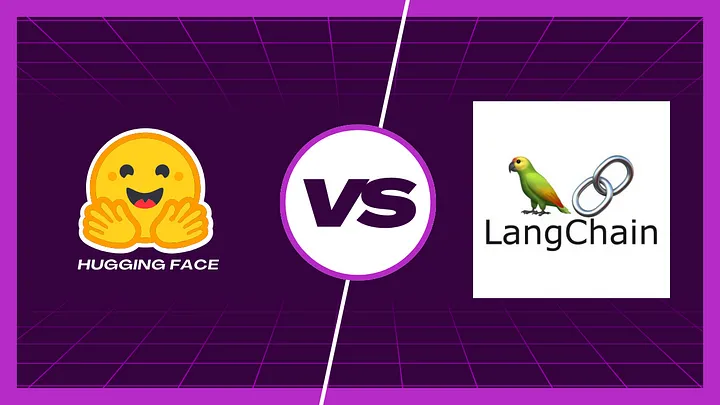Introduction
AI agents are redefining what intelligent systems can do. Imagine asking an AI to book your flight, check the weather, and send confirmation emails — and it just does it. That’s the magic of Agentic AI, the future of autonomous AI for beginners and pros alike.
In this guide, you’ll learn:
- What Agentic AI is and why it matters
- Core components of agentic systems
- How the agent loop functions behind the scenes
- Popular frameworks like LangChain and Ollama
- What’s next for you as a developer
What is Agentic AI?
Agentic AI refers to AI systems that can take goals and independently decide how to achieve them. Instead of waiting for one instruction at a time, these systems act like intelligent assistants. They can plan, use tools, remember tasks, and execute actions — just like a real-world assistant who understands your intent.
For example, an agent could take a goal like “find today’s tech news, summarize it, and email it to me,” and complete the entire workflow without step-by-step guidance.
Why Agentic AI is Important Today
Agentic systems are revolutionizing how we automate workflows, conduct research, and build products. Here’s why it matters:
- Automation: Handle multi-step tasks with one instruction.
- Productivity: Reduce time spent on repetitive work.
- Tool Adoption: Frameworks like LangChain, AutoGen, and Cursor AI rely on agentic design.
- Smart Assistants: Agents evolve from reactive chatbots to proactive digital workers.
Core Components of Agentic AI
Perception (User Input)
The AI agent starts with a goal, prompt, or task given by a human. This is the “what to do” phase — like telling your assistant, “Book dinner for Friday.”
Planning & Reasoning
Once the goal is known, the agent decides on a plan: break down the task, think through options, and build logical steps. This is where LLMs shine using chain-of-thought reasoning.
Tool Use (e.g., Search, API Calls)
Agents don’t know everything, so they use tools: search engines, APIs, databases, calculators, and more. This turns ideas into action.
Memory / Context
Agents remember what’s happening — past actions, user preferences, or context from ongoing conversations. This improves long-term usefulness.
Execution (Taking Action)
The AI agent follows through: sends emails, scrapes the web, fills forms, books appointments. This is where the plan meets reality.
💡 Think of Agentic AI as a personal assistant that learns how you work and acts on your behalf.
How Agentic AI Works Behind the Scenes
The magic of AI agents happens inside an ongoing loop, known as the Agent Loop:
Goal → Plan → Use Tool → Act → Observe → Adjust
Example: “Find today’s AI news, summarize it, and email it.”
- Goal: Collect and send AI news
- Plan: Identify sources, search, summarize, compose email
- Use Tools: DuckDuckGo API, summarization tool, email API
- Act: Write and send email
- Observe: Confirm delivery, feedback
- Adjust: Learn from results and update process
The LLM acts as the brain, and tools like APIs are its hands. Together, they enable reasoning and real-world interaction.
Popular Frameworks to Build Agentic AI
Curious to build your own agent? Here are the top frameworks to get started:
- LangChain: Orchestrates LLMs with tools, memory, and chains
- Ollama: Run local LLMs like LLaMA on your machine
- DuckDuckGo Search Tool: Simple web search for agents
- Python: The most versatile language for agents and automation
- AutoGen / CrewAI / LangGraph: For advanced multi-agent systems
We’ll dive deeper into these tools in future tutorials — stay tuned!
Agentic AI in Action: Real-World Use Cases
- ChatGPT Agent: Automates research, ordering, scheduling
- Enterprise Multi-agent Systems: Used in customer support and banking workflows
- LangChain IDE Bots: Help with code, debugging, testing
Conclusion
Agentic AI is the next leap in intelligent automation. These AI agents bring together logic, planning, tool use, and execution to achieve real goals, with minimal input.
From personal side projects to startup-grade tools, developers and builders can create smarter, more capable AI systems using these principles.
For more insightful tutorials, visit our Tech Blogs and explore the latest in Laravel, AI, and Vue.js development


